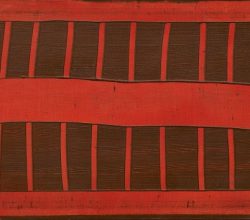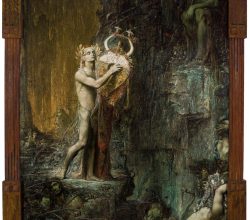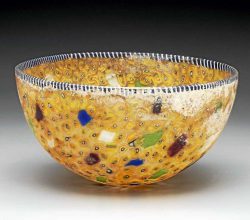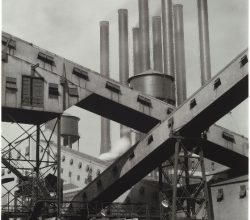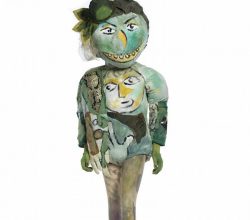
Marc Chagall and Twentieth-Century Designs for the Stage
Stephanie Barron | Unframed | 1st August 2017
Going to Paris in 1911 exposed Chagall not only to the titans of modern art but also to the fabled Ballets Russes. Set design became an enduring interest and a major contributor to Chagall’s artistic reputation. The idea that dancers’ costumes could make them “mobile elements” of the overall set design remains influential. More images are here.




